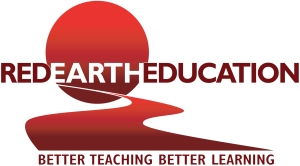We all love to get lost in the fantastical world of our favourite book once in a while.
But getting children into reading doesn’t just improve their imagination. Research carried out by the Organisation for Economic Co-operation and Development has shown that reading for pleasure at a young age actually helps increase the desire for lifelong learning. On top of this, young readers are able to develop a broader vocabulary, increase their general knowledge and develop a better understanding of other cultures.
Here in Uganda, the schools we work with have very limited access to books. That’s why we’ve been making our own from rice and sugar sacks. The cover is made from the sack and the pages made from paper stitched down the centre. Pictures are drawn into the books and coloured in, and the title on the cover is written with a permanent marker pen. The marker pens available in Masindi only come in 4 colours, so our books are always limited to a particular palette!


One of our Field Officers, Barungi Chris, has recently translated some of Aesop’s Fables into Runyoro. The Redearth team have been busy making lots of copies of them, to use as learning material for students currently in the reading programme. Now the children here can enjoy the adventures of “The Hare and the Tortoise” and “The Wolf and the Crane,” amongst many others!
RedEarth volunteer Jo has also been making some of her own with her classes in the UK. She’ll be bringing the finished books with her to Uganda when she joins the team in September. Jo filled us in on how the creative project went down at St.Mary’s Primary:


